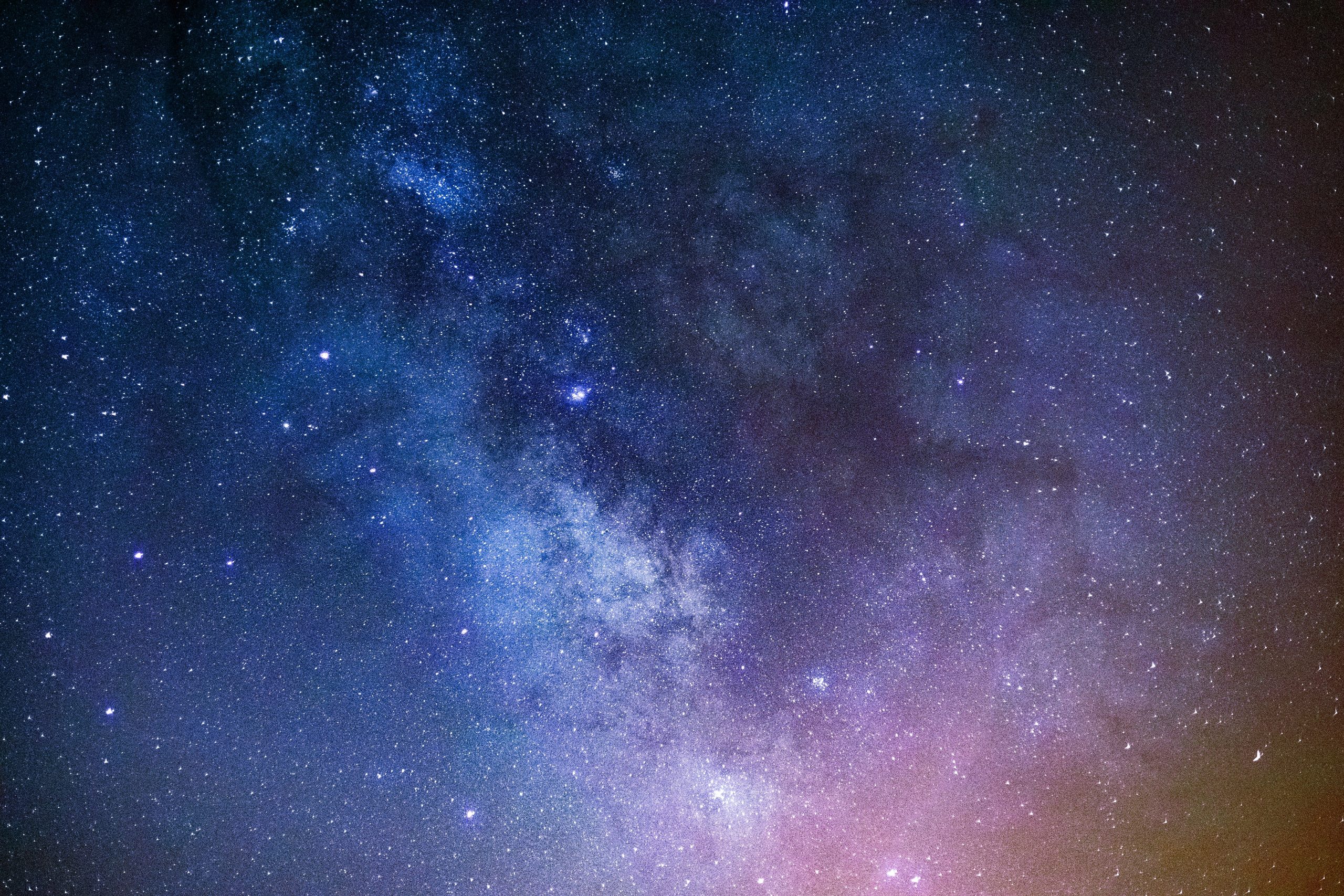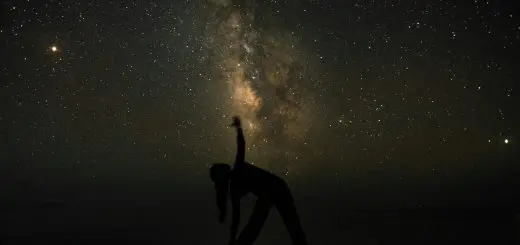Is Remote Viewing Scientifically Proven?

Looking for more amazing products? Check out our online store and explore our collection here! Happy shopping!
Before diving in, please note: This post is for informational purposes only. If you’d like to know more about how we approach topics, feel free to check out our friendly Disclaimer Page.
Hey there, amazing readers! 
We’re committed to delivering quality posts, and your support (even just sticking around despite the ads) means everything to us. So, bear with us, and thanks for helping us keep the good vibes rolling. Now, on to the fun stuff!
TRANSLATE BUTTON AT THE END OF THE ARTICLE
A Quick Overview
Is remote viewing scientifically proven?
That’s a question that often pops up during casual conversations at coffee shops or intense debates on social media.
Remote viewing—essentially the ability to perceive or describe details about a distant or unseen target—has fascinated many.
Some see it as a psychic phenomenon, while others dismiss it as mere parlor tricks.
In this article, we will dive into the depths of remote viewing, exploring its history, key figures, scientific scrutiny, and what the skeptics say.
Buckle up; it’s going to be an enlightening journey!
Understanding Remote Viewing: A Brief Overview
Remote viewing is like a mental treasure hunt, where individuals claim to access information from a distance using only their minds.
Imagine trying to see what’s happening on the other side of the world, without any physical tools—no cameras, no satellites, just the power of the mind.
It first came to public attention in the 1970s, but the practice has roots that stretch back much further in history, often intertwining with spiritual and metaphysical traditions.
Essentially, remote viewing involves a participant (the "viewer") attempting to describe a location, object, or person that they can’t physically see or access.
This process usually involves training in specific protocols to help focus mental energy and enhance perception.
There’s a range of claims, from simple shapes and colors to complex scenarios encompassing emotions and intentions.
One of the most intriguing aspects is the debate surrounding its validity.
Some practitioners boast extraordinary successes in remote viewing, while scientists often remain skeptical, questioning the mechanisms behind such abilities.
So, where do we draw the line?
Are the claims about remote viewing grounded in reality, or are they just sensational stories?
The Origins of Remote Viewing: A Historical Context
The concept of perceiving information from a distance isn’t new.
Throughout history, numerous cultures have recorded instances of individuals claiming to see beyond the physical realm.
From shamans and oracles to mystics and seers, people have explored their intuitive abilities for centuries.
In the late 19th and early 20th centuries, the birth of psychical research lent a more scientific approach to these phenomena.
Institutions like the Society for Psychical Research in England began investigating claims of telepathy and clairvoyance, establishing a foundation for exploring similar concepts.
However, it wasn’t until the 1970s that remote viewing burst into the mainstream.
The U.S. government, particularly the CIA and the military, became interested in psychic phenomena during the Cold War.
Motivated by the fear of Soviet advancements in psychic research, they initiated programs like Stargate Project aiming to explore the potential of remote viewing for intelligence gathering.
This governmental involvement sparked increased interest in remote viewing, leading to research, training programs, and the formation of communities dedicated to the practice.
It became a blend of science, military strategy, and metaphysical exploration, creating a unique historical tapestry.
Key Figures in Remote Viewing Research and Development
Several key figures have contributed significantly to the evolution of remote viewing.
One notable name is Dr.
Russell Targ, a physicist who co-founded the Stanford Research Institute’s remote viewing program.
His pioneering work brought together scientific methods and psychic experimentation, allowing for a more structured approach to the phenomena.
Another important figure is Ingo Swann, a renowned psychic who played a crucial role in developing remote viewing protocols.
Swann’s contributions included creating techniques to enhance accuracy and consistency among viewers.
His partnership with Targ led to some of the most famous experiments in remote viewing history.
Then there’s Dr.
Harold Puthoff, a physicist who, along with Targ, studied various psychic abilities and their scientific implications.
The trio—Targ, Swann, and Puthoff—formed the backbone of early remote viewing research, paving the way for future explorations.
Other contributors, such as Joe McMoneagle, a former U.S.
Army soldier and one of the first remote viewers, have shared their experiences and insights.
McMoneagle’s success stories have captured the imagination of both believers and skeptics alike.
Their collective work has helped shape the narrative around remote viewing—both as a legitimate subject of scientific inquiry and as a source of fascination.
Exploring the Science: How Remote Viewing Works
So, how does remote viewing work?
While the scientific community remains divided, proponents suggest that it involves tapping into a kind of universal consciousness or collective unconscious.
It’s as if there’s a mental thread connecting all minds, allowing some to access information from afar.
The protocols typically employed in remote viewing include:
Target Selection: Viewers often work with randomly selected targets, which can be anything from an object to a location.
Structured Sessions: Sessions are usually conducted in quiet environments where distractions are minimized.
Feedback Mechanisms: Participants receive feedback to help refine their skills and assess accuracy over time.
Despite attempts to apply scientific rigor to remote viewing, explaining how someone can visualize a distant object without being physically present remains challenging.
Attempts to measure brain activity during remote viewing sessions have yielded mixed results.
Some studies suggest heightened brain activity consistent with focused mental concentration, while others find no significant differences.
Critics argue that the lack of a concrete scientific explanation undermines the credibility of remote viewing.
Yet, believers assert that the absence of current understanding doesn’t negate the phenomenon itself—much like how gravity was once a mystery until science unraveled its secrets.
The Role of Parapsychology in Remote Viewing Studies
Parapsychology, the study of psychic phenomena, plays a significant role in shaping the discourse around remote viewing.
This field aims to understand and quantify experiences that lie outside traditional scientific explanations.
Experts in parapsychology often investigate various phenomena, including telepathy, psychokinesis, and yes, remote viewing.
While parapsychologists have attempted to apply rigorous methodologies to their studies, the discipline faces scrutiny from mainstream science.
Critics often label parapsychology as pseudoscience due to its reliance on anecdotal evidence and the difficulty in replicating results consistently.
Despite these challenges, parapsychology has produced some interesting research on remote viewing.
Some studies report statistically significant results, suggesting that certain individuals can indeed describe hidden or distant targets accurately.
Yet, the results are often met with skepticism, as critics argue for the potential for bias, misinterpretation, or even fraud.
Nevertheless, the field continues to thrive, attracting those curious about human potential and consciousness.
It remains a lively arena for debate, where believers and skeptics clash over the existence and validity of psychic phenomena, including remote viewing.
Notable Experiments: Testing Remote Viewing Claims
There have been several notable experiments throughout the years to test the claims surrounding remote viewing, and they vary widely in design and outcome.
One of the most famous is the controlled studies conducted by Targ and Puthoff in the 1970s at the Stanford Research Institute.
In one experiment, a remote viewer successfully described a hidden target—a location in the United States—while being hundreds of miles away.
Another significant experiment involved the U.S.
Army’s Stargate Project, which ran from the 1970s through the 1990s.
This project aimed to assess the operational effectiveness of remote viewing for intelligence gathering.
While some viewers reported impressively accurate details, the project ultimately concluded that the results were too inconsistent to warrant ongoing funding.
More recently, researchers have attempted to employ more modern techniques, such as brain imaging, to explore whether remote viewing can be correlated with specific neural patterns.
Some studies have suggested that certain brain states may be associated with heightened intuitive perception, but the findings remain inconclusive.
Overall, while there are some intriguing results, the scientific community continues to demand more rigorous, replicable evidence before fully endorsing remote viewing as a verified phenomenon.
The quest for definitive proof continues, keeping the conversation lively.
The Skeptics’ Perspective: Debunking the Myths
Skeptics of remote viewing argue that the phenomenon is largely a product of cognitive biases, wishful thinking, or even simple luck.
They often point to the psychological principle of "cold reading," where individuals draw broad conclusions based on vague information that could apply to many situations.
Common arguments against the validity of remote viewing include:
Lack of Replicability: Many experiments have failed to produce consistent results when repeated by independent researchers.
Confirmation Bias: Participants may unintentionally focus on details that confirm their beliefs while overlooking discrepancies.
Statistical Flukes: Some successes could result from random chance rather than genuine psychic ability.
Moreover, skeptics often find parallels in magic tricks and illusionary performances, suggesting that viewers may not be accessing hidden information but instead are drawing on their intuition or subconscious knowledge.
While skepticism plays a crucial role in scientific inquiry, it can sometimes appear dismissive.
Many skeptics fail to acknowledge the personal experiences of those who claim to have had successful remote viewing experiences.
The debate remains spirited, with believers championing their cause while critics demand more rigorous proof.
Reviews of Scientific Literature on Remote Viewing
Scientific literature on remote viewing is a mixed bag, with a wide range of studies, opinions, and reviews circulating in academic circles.
While some researchers have reported positive findings, others have raised significant concerns about methodologies and interpretations.
For instance, a review by psychologist Richard Wiseman found that many remote viewing studies did not adhere to proper scientific rigor.
He argued that many claims stemmed from flawed experimental designs or inadequate controls.
This critique highlights the need for robust methodologies when investigating extraordinary claims.
On the other hand, some researchers, like Dr.
Dean Radin, advocate for the potential validity of remote viewing based on statistical analyses and meta-analyses of existing studies.
Radin and others argue that dismissing remote viewing outright ignores evidence that demands further inquiry.
Moreover, parapsychology journals and conferences provide platforms for ongoing research, where ideas and findings are shared.
These endeavors contribute to a growing body of literature, albeit one that often straddles the line between legitimate science and pseudoscience.
The landscape of remote viewing research remains dynamic, with ongoing debates, fresh studies, and evolving perspectives.
Each new finding adds a layer to our understanding—or misunderstanding—of this fascinating topic.
Success Stories: Remote Viewing in Real-Life Applications
Contrary to skepticism, there are numerous anecdotes where individuals claim to have successfully applied remote viewing in real-life situations.
For example, some military personnel involved in the Stargate Project have reported instances where remote viewing led to accurate intelligence gathering, aiding in missions and investigations.
Moreover, some businesses and individuals have turned to remote viewing to enhance decision-making and strategic planning.
Various workshops and training programs have emerged, allowing people to learn remote viewing techniques for personal growth, creativity, and problem-solving.
There are stories of viewers who successfully located missing persons or provided information that led to solving crimes.
While these accounts may lack rigorous scientific validation, they highlight the potential applications of remote viewing in practical scenarios.
Interestingly, many practitioners emphasize that remote viewing is not just about accessing information; it’s also a journey of self-discovery.
By honing their abilities, individuals often report increased intuition, creativity, and mindfulness.
This personal development aspect adds an additional layer to the appeal of remote viewing, even among skeptics.
What Do Psychics Say? Insights from Practitioners
Practitioners of remote viewing often share compelling insights into their experiences.
Many of them talk about the phenomena in ways that resonate with personal growth.
They describe remote viewing as a skill that can be cultivated, much like learning to play a musical instrument.
Some viewers emphasize the importance of intuition and the need to quiet the mind.
Techniques such as meditation and focused breathing often serve as foundations for enhancing remote viewing abilities.
They believe that by calming the mental chatter, one can access deeper layers of perception.
Additionally, many practitioners assert that remote viewing is not limited to a few gifted individuals.
They argue that everyone has the potential to develop these skills if they are willing to train and practice.
This democratization of psychic abilities can be empowering for those who feel disconnected from their intuition.
However, the experiences vary widely.
Some claim to have consistent success, while others find their results hit-and-miss.
This variability can lead to differing opinions within the community, but a shared passion for exploration unites them.
The Future of Remote Viewing Research: What’s Next?
The future of remote viewing research is both exciting and uncertain.
As our understanding of consciousness and the mind expands, new methodologies may emerge.
Technological advancements could allow for more sophisticated experiments to investigate the phenomena.
Moreover, interdisciplinary collaboration between scientists, psychologists, and practitioners could unlock fresh perspectives.
By blending techniques from various fields, researchers might uncover insights that traditional scientific approaches overlook.
There’s also a growing interest in the psychological aspects of remote viewing.
Understanding how belief systems, mental states, and emotional well-being affect viewers could provide valuable information.
This holistic approach might bridge the gap between skeptics and believers.
Public interest in remote viewing shows no signs of waning.
Various online courses, workshops, and books have surged in popularity.
This rising curiosity might encourage more rigorous research, as individuals seek to understand their innate abilities.
As the dialogue surrounding remote viewing continues, it remains a vibrant topic of exploration.
Whether one views it as a legitimate phenomenon or a curious psychological endeavor, the journey promises to be fascinating.
Conclusion: Can Science Validate Remote Viewing Claims?
So, is remote viewing scientifically proven?
The answer isn’t straightforward.
While there are compelling stories and some intriguing research, the scientific community is yet to reach a consensus.
Remote viewing exists in a gray area, capturing the imagination of many while challenging the beliefs of others.
As we continue to explore human consciousness, the quest for answers surrounding remote viewing may lead to surprising revelations.
Whether through rigorous scientific inquiry or personal exploration, the journey is worth taking.
Who knows what we might discover about ourselves in the process?
In essence, remote viewing serves as a reminder of the mysteries that lie within and beyond us.
While the debate rages on, the pursuit of understanding—whether through skepticism or belief—ultimately enriches our collective experience.
Let’s keep the conversation going!

The Enlightenment Journey is a remarkable collection of writings authored by a distinguished group of experts in the fields of spirituality, new age, and esoteric knowledge.
This anthology features a diverse assembly of well-experienced authors who bring their profound insights and credible perspectives to the forefront.
Each contributor possesses a wealth of knowledge and wisdom, making them authorities in their respective domains.
Together, they offer readers a transformative journey into the realms of spiritual growth, self-discovery, and esoteric enlightenment.
The Enlightenment Journey is a testament to the collective expertise of these luminaries, providing readers with a rich tapestry of ideas and information to illuminate their spiritual path.
Our Diverse Expertise
While our primary focus is on spirituality and esotericism, we are equally passionate about exploring a wide range of other topics and niches 

To ensure we provide the most accurate and valuable insights, we collaborate with trusted experts in their respective domains 
Our blog originally focused on spirituality and metaphysics, but we’ve since expanded to cover a wide range of niches. Don’t worry—we continue to publish a lot of articles on spirituality! Frequently visit our blog to explore our diverse content and stay tuned for more insightful reads.
Hey there, amazing reader! 
Check out our store here and take a peek at some of our featured products below! Thanks for being awesome!











